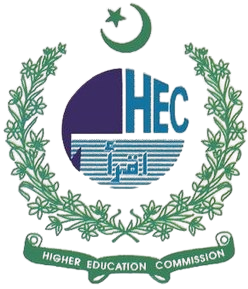REVOLUTIONARY IDEALS AND THE CORRUPTION OF POWER IN ‘‘A TALE OF TWO CITIES’’ (1984)- A NOVEL BY CHARLES DICKENS
Keywords:
Charles Dickens, A Tale of Two Cities, French Revolution, revolutionary ideals, corruption of power, social injustice, class conflict, political violence, literary analysis, historical fiction.Abstract
Charles Dickens’ A Tale of Two Cities (1859) offers a profound reflection on the tumultuous era of the French Revolution, illustrating both the noble aspirations for justice and equality, as well as the inevitable descent into violence and the corruption of power. This research paper explores the complex duality between revolutionary ideals and the harsh reality of political transformation as depicted in the novel. Dickens juxtaposes the moral decay of the French aristocracy with the violent radicalism of the revolutionaries, thereby exposing the cyclical nature of oppression, where victims often become oppressors once they gain power.
Through characters like the Marquis St. Evrémonde, representing aristocratic cruelty, and Madame Defarge, symbolizing revolutionary vengeance, Dickens highlights the moral complexities of social change. The novel’s historical backdrop sheds light on the ways in which legitimate calls for liberty and equality become overshadowed by personal vendettas and class hatred. Dickens’ narrative warns of the dangers inherent in any movement that allows anger and revenge to replace the ideals of justice and compassion.
This study analyzes how A Tale of Two Cities critiques both the old regime’s abuse of power and the revolution’s descent into equally destructive tyranny. Drawing on historical and literary contexts, this research situates the novel within a broader conversation on political power, moral accountability, and human vulnerability to ideological extremes. Ultimately, Dickens portrays revolution as an inescapable response to injustice, but one that holds the potential to replicate the very systems of cruelty it aims to destroy.
Downloads
Published
Issue
Section
License

This work is licensed under a Creative Commons Attribution-NonCommercial-NoDerivatives 4.0 International License.


